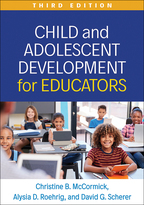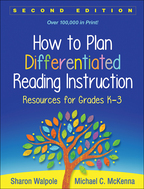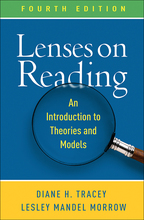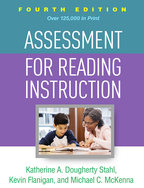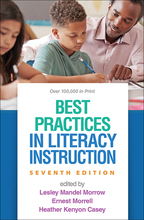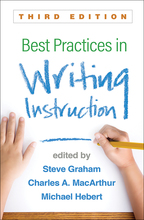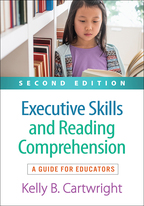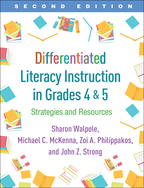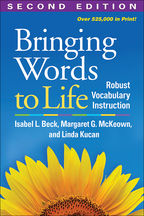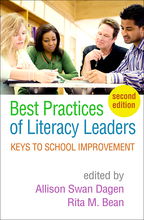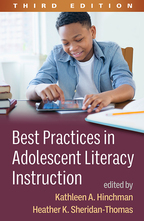Child and Adolescent Development for Educators
Third Edition
Christine B. McCormick, Alysia D. Roehrig, and David G. Scherer
HardcoverPaperbacke-bookprint + e-book
Hardcover
orderOctober 13, 2025
ISBN 9781462558353
Price: $119.00 539 Pages
Size: 7" x 10"
Paperback
orderOctober 17, 2025
ISBN 9781462558346
Price: $79.00539 Pages
Size: 7" x 10"
e-book
orderOctober 16, 2025
PDF and Accessible ePub ?
Price: $79.00 539 Pages
ePub is Global Certified Accessible
print + e-book $158.00 $94.80
orderPaperback + e-Book (PDF and Accessible ePub) ?
Price: 539 Pages
ePub is Global Certified Accessible
Focusing on what educators need to know about child and adolescent development, the revised third edition of this established text incorporates timely issues and research advances. The book reviews major theories of development and presents cutting-edge knowledge about key areas—language development, intelligence and intellectual diversity, motivation, family and peer relationships, gender role development, and mental health. Factors influencing academic achievement and social–emotional growth are identified, and applications for instruction and intervention highlighted. The text's utility is enhanced by chapter summaries, bolded key terms with definitions, and topic boxes. Instructors requesting a desk copy receive a supplemental test bank with objective test items and essay questions for each chapter.
New to This Edition
New to This Edition
- Reflects key developments in cognitive science, neuroscience, genetics, and other areas; nearly 25% of the research citations are new.
- Expanded coverage of executive functioning, dyslexia, social–emotional learning, character education, ethnic–racial identity development, and gender diversity.
- Practical discussions of timely topics: social media and mental health, cyberbullying, the impact of the COVID-19 pandemic, and more.

